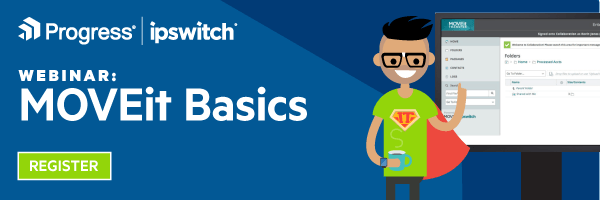For years, security concerns kept many business leaders convinced it was too risky to migrate the IT environment to the cloud. But in recent years, there’s been a shift.
While the cloud is typically as secure, or even more secure, than on-premises data centers, many leaders now underestimate cloud risk or assume their cloud provider is entirely responsible for security.
As a result, over the next five years, 90% of the organizations that fail to control public cloud use will inappropriately share sensitive data according to an article published by Gartner. And 99% of cloud security failures will be the customer’s fault.
The fault typically lies in the way cloud environments are configured. cloud infrastructures that are misconfigured or mismanaged cause nearly all successful attacks on cloud services. This situation has become more acute in recent years due to five major factors:
- Too Easy to Modify the Infrastructure—Thanks to Infrastructure as Code, it’s very easy to spin IT infrastructures up and down according to application workloads. While the ability to quickly modify infrastructures makes businesses much more nimble in responding to customer and end-user needs, it’s just as easy to introduce configurations that don’t have the necessary security controls.
- Too Easy to Update Applications—Developers love microservices and containers for streamlining application updates and accelerating how quickly new services can be provided to customers and end-users. But they also introduce many more resources to manage than monolith applications. And that adds to the likelihood of security gaps.
- Too Easy to Scale Across the Globe—One of the key benefits of the cloud is the ability to scale compute resources and to deploy services in data centers across multiple country regions as well as the entire globe. This makes for much larger and more complex IT environments than businesses typically deal with on-premises. It's difficult to know what is running and where, and challenging to manage permission access.
- Cloud Security Differs from On-Premises Security—IT teams experienced at protecting data centers will need to learn additional skills for defending cloud environments. For example, users can access resources in an account regardless of network segmentation, which can enable lateral movements that traditional security tools cannot detect.
- Blurred Line of Security Responsibilities—Many business leaders think cloud security rests solely on the shoulders of cloud providers. But security is actually a shared responsibility between providers and their customers. In general, the cloud provider is on the hook for the hardware infrastructure that runs the cloud services. Customers need to tend to what’s inside the cloud—the security of their operating systems, applications and data. Customers are also responsible for configuring cloud resources. Knowing just where these two worlds of responsibility begin and end is not always an easy concept to grasp.
All of these factors are compounded by the fact that in the cloud; IT can’t just walk into the data center to see what is happening, so there’s often a literal lack of visibility into cloud infrastructures. Serious security risks could go undetected for extended time periods.
CSPM Provides the Answer
The answer to securing cloud configurations can be found in a Cloud Security Posture Management (CSPM) solution. CSPM processes and tools enable you to proactively identify and remediate cloud security risks by concentrating on security assessments and compliance monitoring, primarily across the infrastructure cloud stack—the area cloud providers are responsible for but which you need to keep a close eye on.
The CSPM approach has evolved in recent years—from a group of reporting tools to also include automation. Here are the key security processes that a CSPM solution helps you administer:
- Identify Access
- Compliance Policy Assessment and Monitoring
- Operational Monitoring
- Incident Response
- Risk Identification and Visualization
- Asset Inventory and Classification
Another key benefit of CSPM is the ability to integrate security processes with DevOps processes. CSPM solutions can also continuously manage cloud security risk while providing detection and logging capabilities. This will make it easier for your IT team to address issues ranging from service configurations to cloud resource security settings.
Interoperability between monitoring and automation is another critical capability CSPM solutions offer—particularly for businesses with multi-cloud platforms and container environments. In addition to addressing security concerns tied to configurations with weak security postures, continuous real-time monitoring and automated remediation help you with cloud governance and compliance with security standards and regulations.


